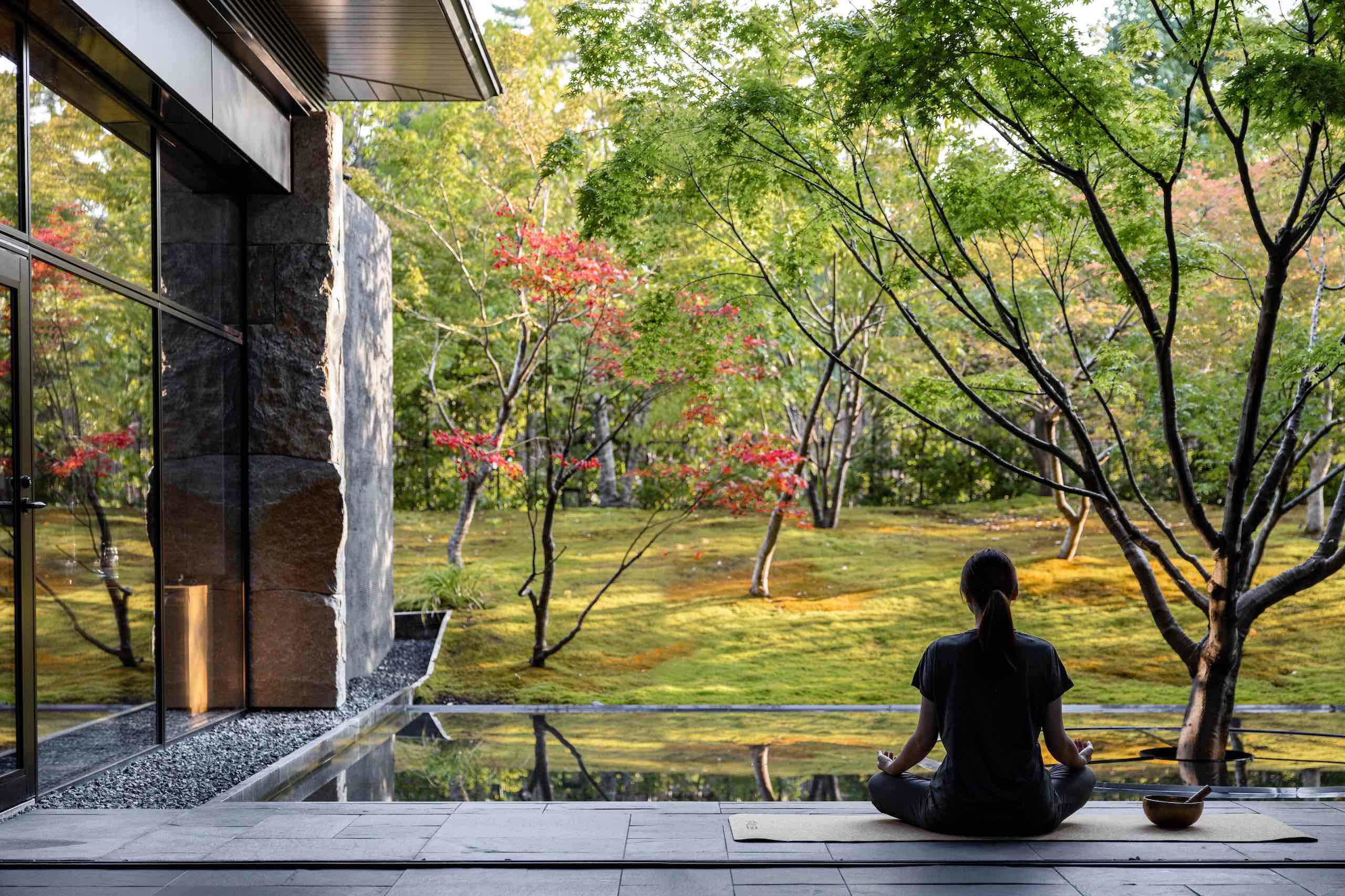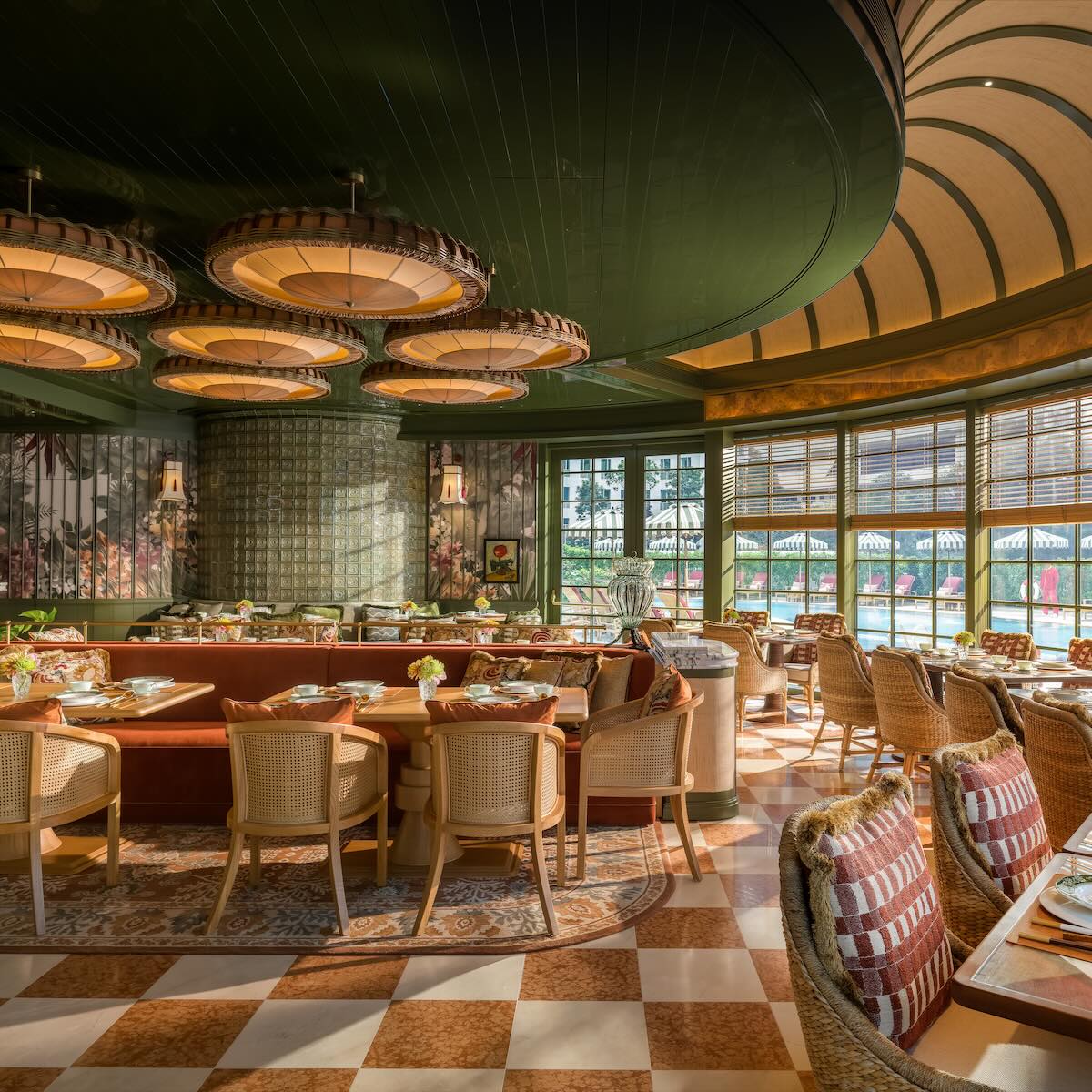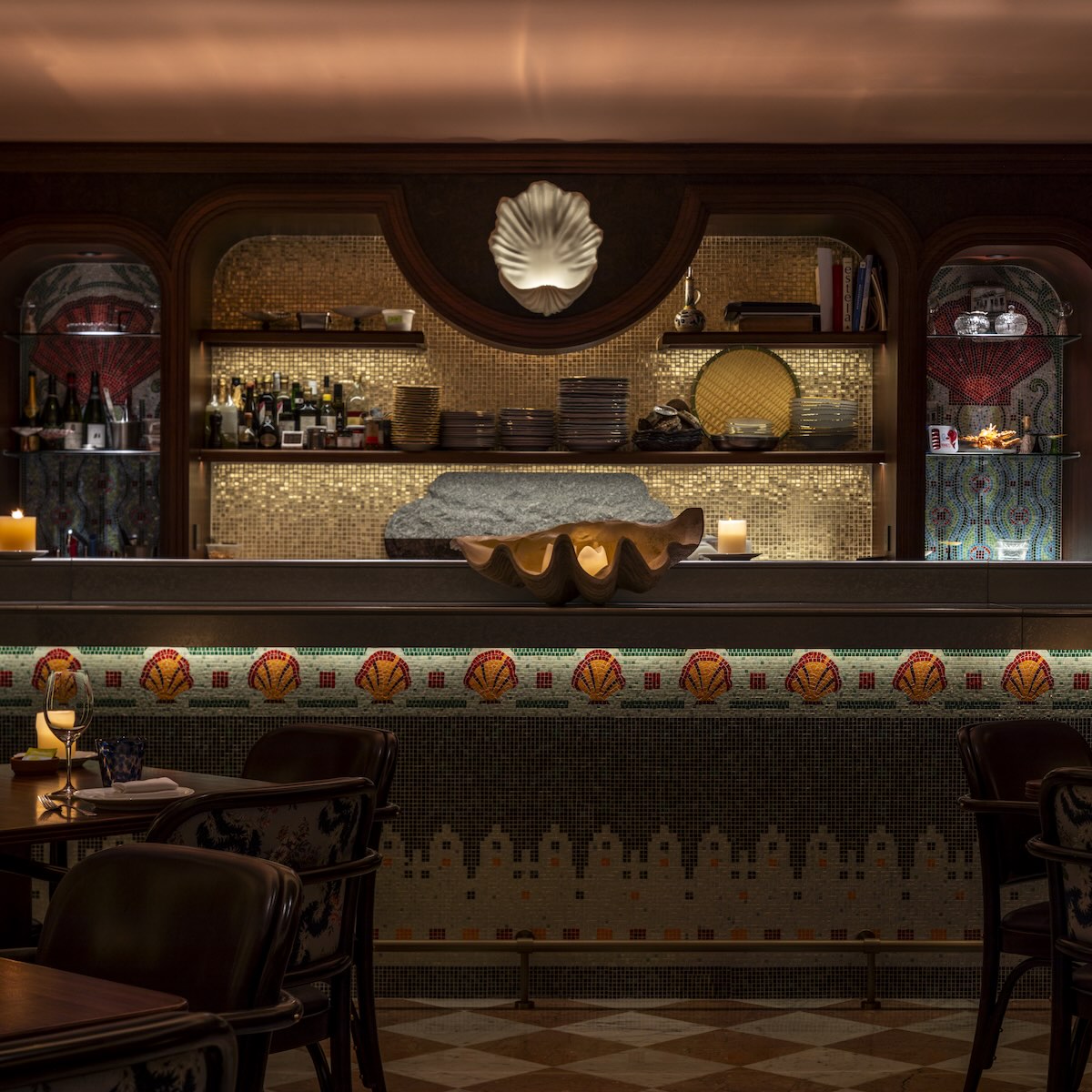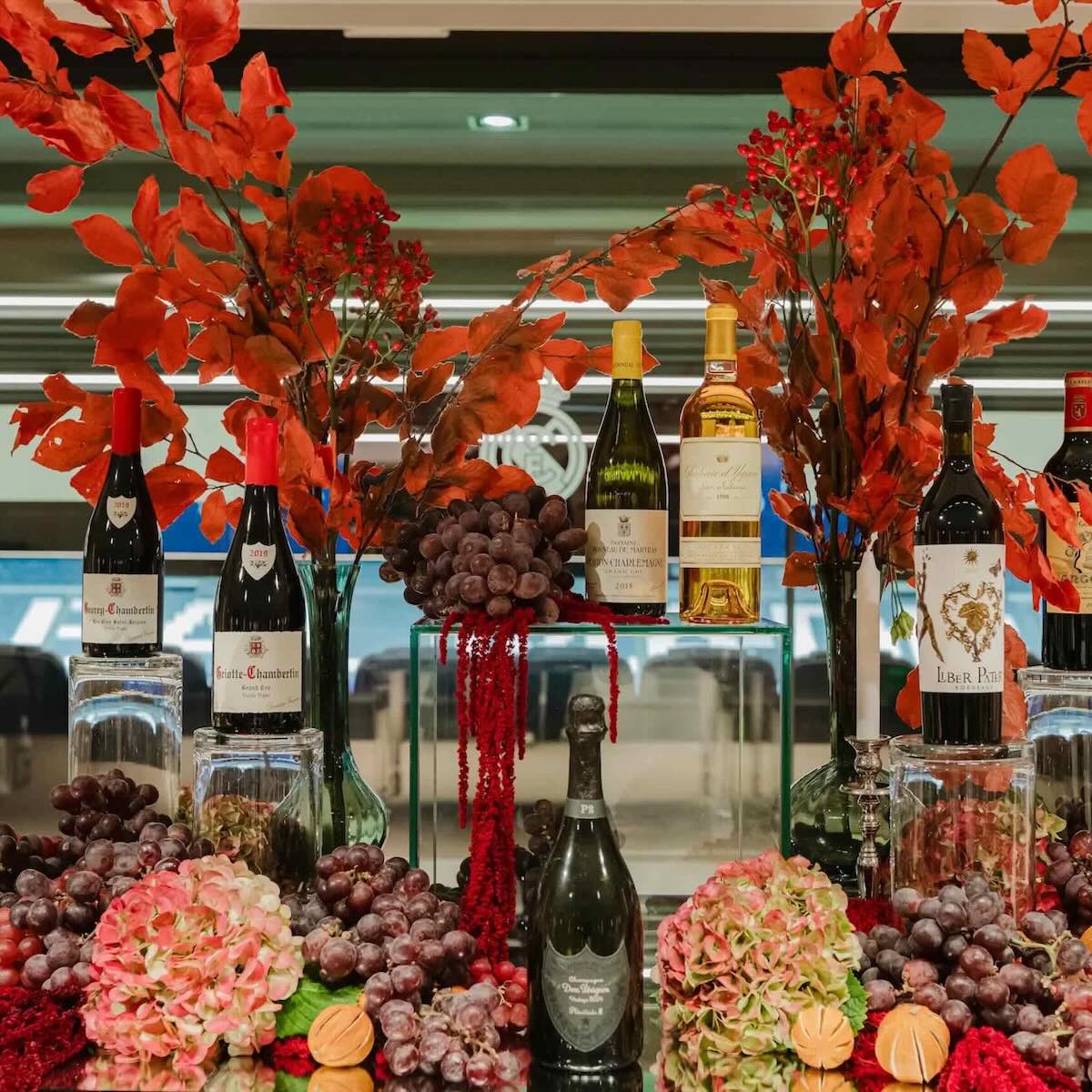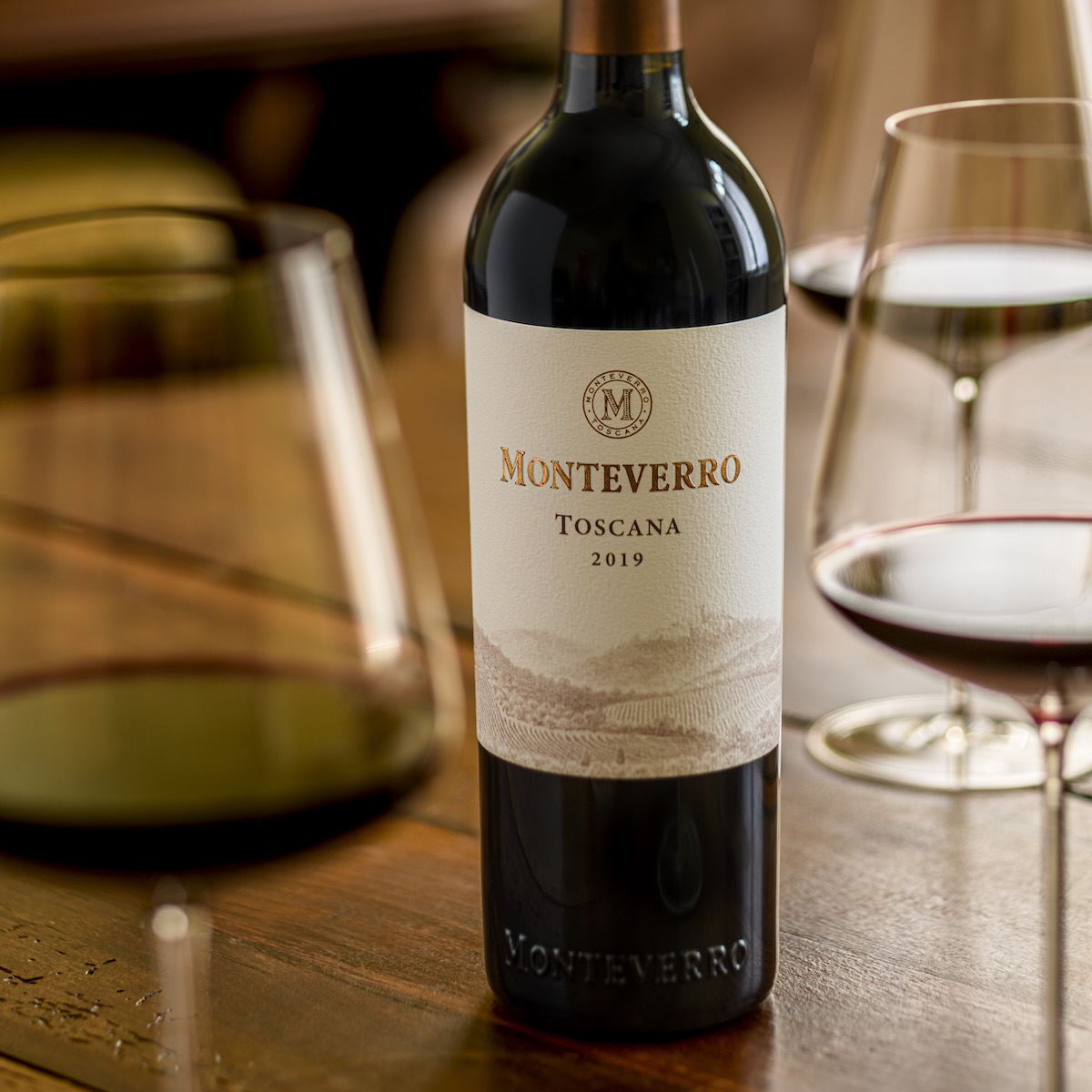Snowflakes swirl wildly across the glistening pond, brushing the water surface, only to melt away instantly. A strong gust rips through the moody, moon-lit garden; its reedy trees, heavy with fresh powder, bend and yield, shaking off their white coats. Comfortably swaddled in the warmth of the lobby, I watch it the fairy-tale scene through windows so large and clear it almost feels like there is no barrier between me and the elements. It is serene experiences like these, the slow moments to be savoured, that colour the stay at Garrya Nijo Castle Kyoto.
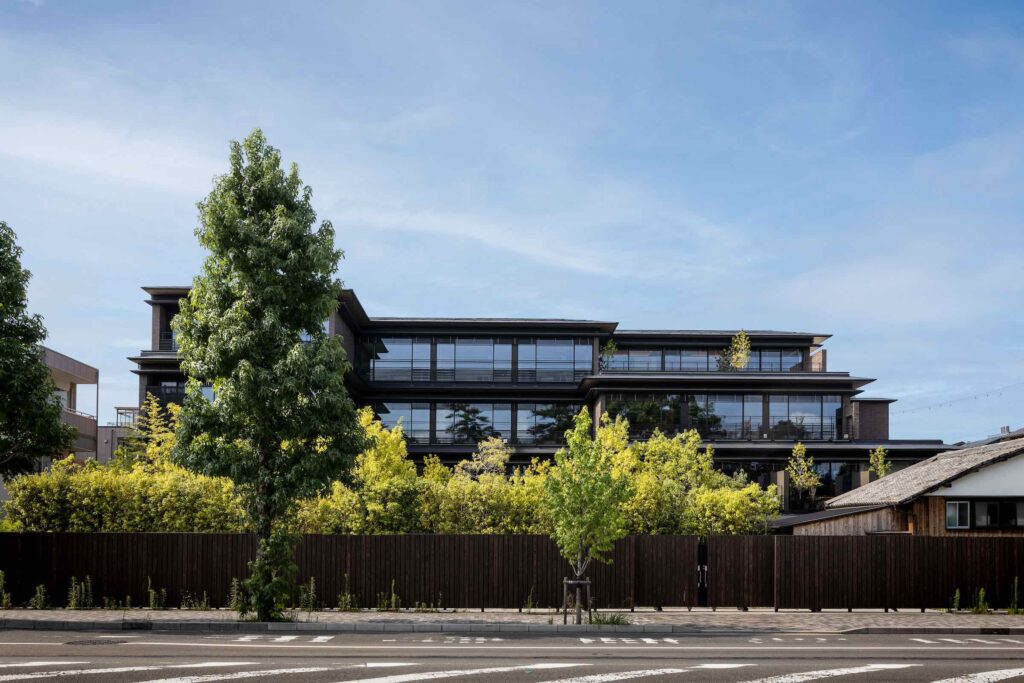
Historical, tourist-dense Kyoto boasts about as many hotels and inns as it does temples and shrines—something in the thousands. It is in this maze of spirituality and hospitality that Singapore-based luxury resort brand Banyan Tree decided to plant roots, entering the Japan market for the first time last year with Garrya, its new modern well-being concept, and Dhawa Yura, the group’s more casual, contemporary full-service hotel.
Banyan Tree’s name is synonymous with peaceful retreats, sustainability, and restorative treatments, and Garrya brings these core pillars into the urban setting. It could hardly have chosen a better location: an impossibly quiet street in the heart of Kyoto, emblematic of the city’s old, winding lanes, right opposite the formidable Nijo Castle complex—splendid views guaranteed. 25 rooms are spread out across the property, itself designed in the staggered “flying geese formation” that characterises the 400-year-old namesake stronghold.
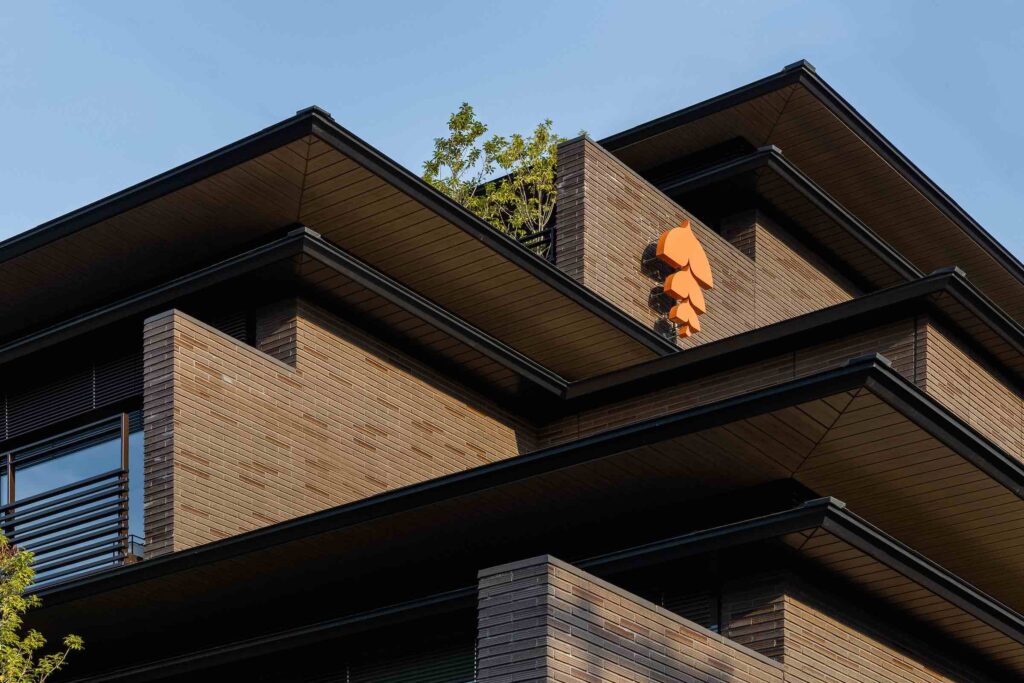
A bamboo-lined approach leads you through a low-lit corridor into the lounge and lobby, where the splendour of Garrya’s secret garden, attractive in all four seasons, unfolds dramatically, elicits instinctive coos of appreciation. In the winter, rare snowfall lays down a thick, unspoiled blanket across the mossy lawn; the pond glistens, an icy mirror atop which sits a lone tree on an island, its branches catching errant flurries—nature’s picture-perfect sculpture. In spring and summer, lush greenery and ferns are in full bloom. In autumn, the vividly red foliage of Japanese maple evokes images of fire and flame.
Architect Yukio Hashimoto and team made use of natural elements to create a space where earth, water, wood, and stone meet. A trio of coffee tables—glossy, organic, and comically large—reflects the whims of the garden on its polished surfaces, seamlessly inviting nature into the building. Critically, this harmonious blending of interior and exterior feels emblematic of the Garrya concept. Inside and outside become one—no obstructions. Nijo Castle inspirations run rampant; the rough-hewn walls echo the foundations of the heritage site; the textured tiles give a nod to ancient, shingled roofs. Artefacts relating to the tea ceremony, the city, and zen philosophy line the walls. It is a space designed for contemplation.
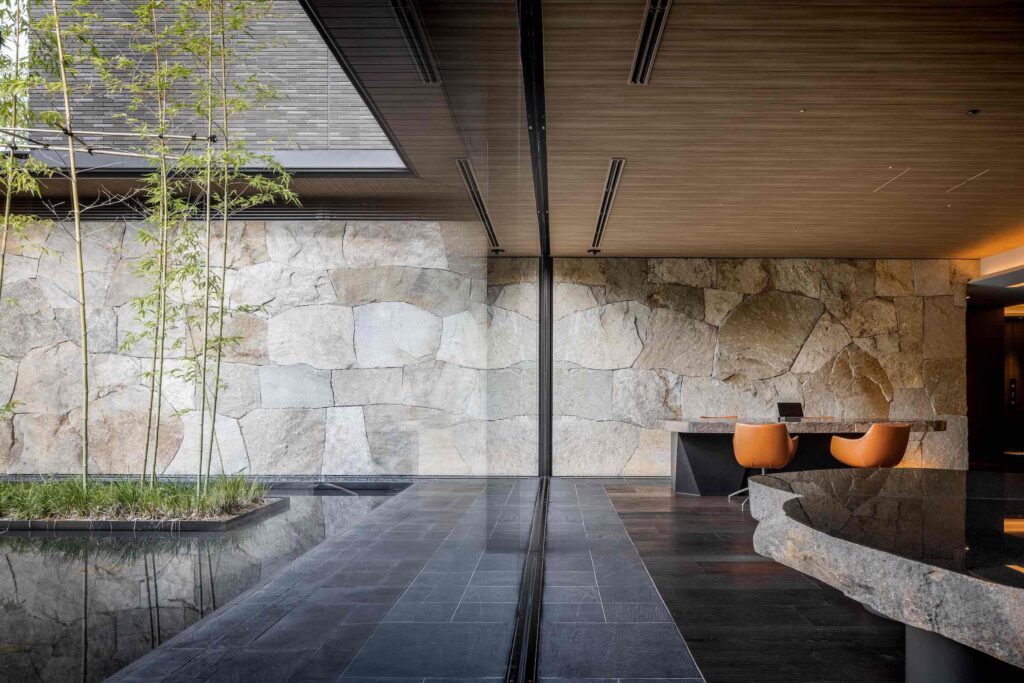
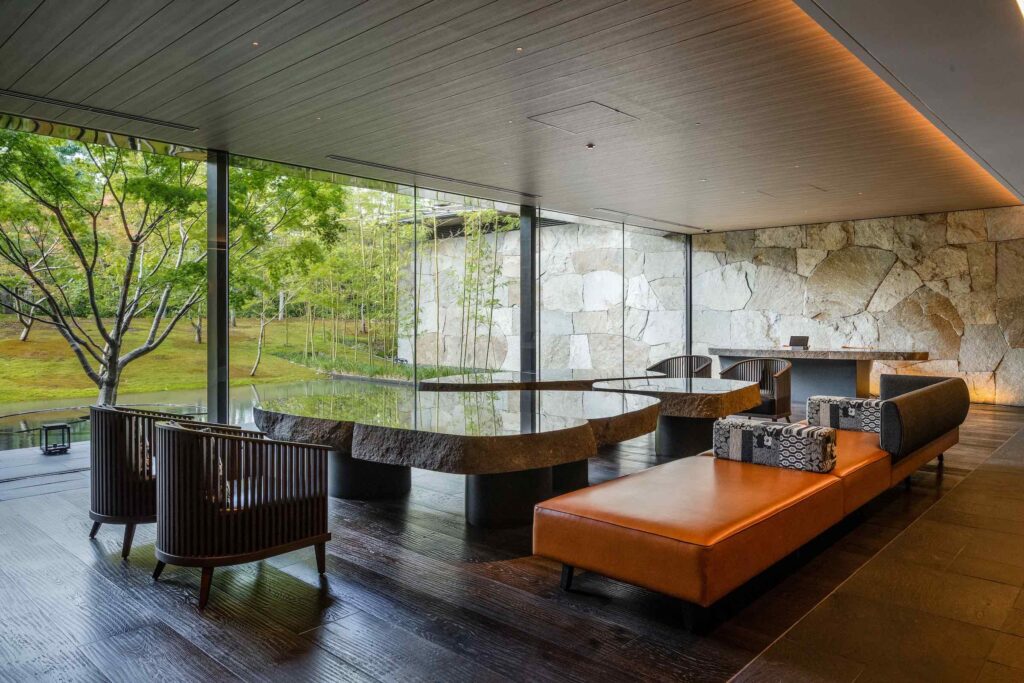
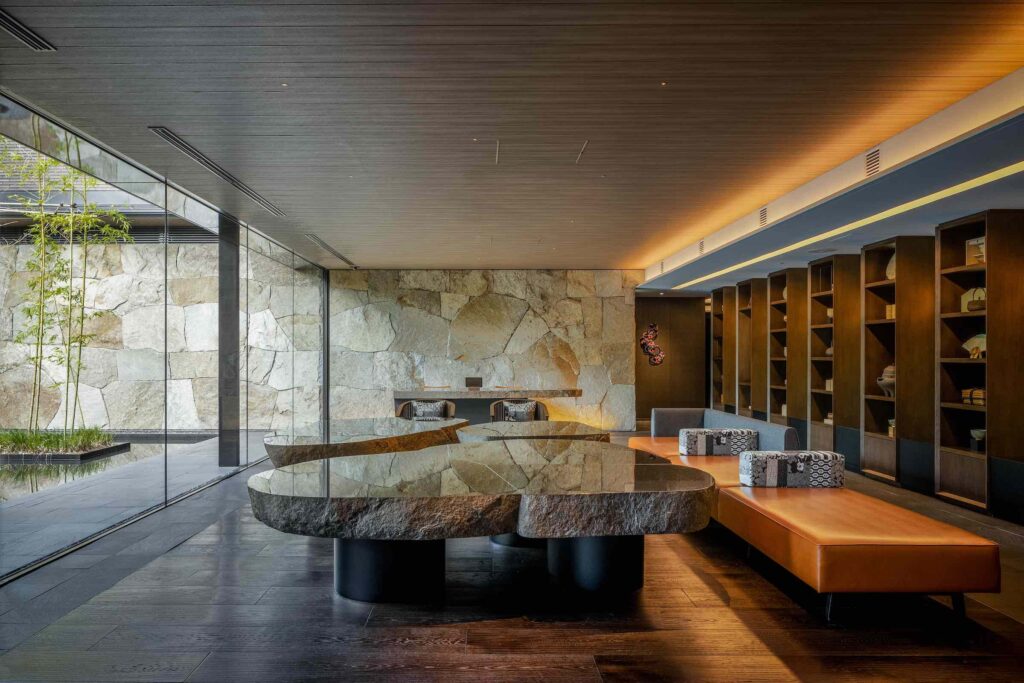
In the rooms, Garrya’s Japanese-influenced design touches are subtle, but effective; a bright pop of lacquered red here, headboards carved using the naguri wood shaving technique there, and black tatami flooring and bamboo slat dividers to round things out. Plan well ahead for a stay in the Rikyu Terrace Suite, a popular choice oft booked for its direct view over Nijo Castle and Mount Hiei in the distance. It is a compact suite at 53 square metres, to be sure, but the spacious terrace more than makes up for the in-room space, which is divided into sleeping quarters, living area, bathroom, and walk-in wardrobe.
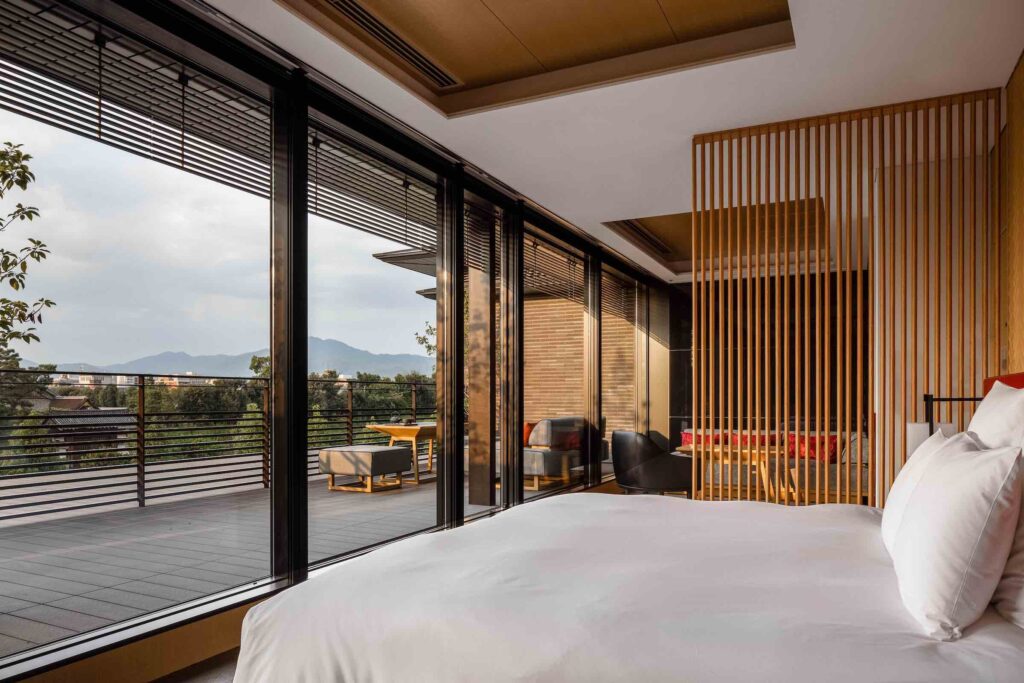
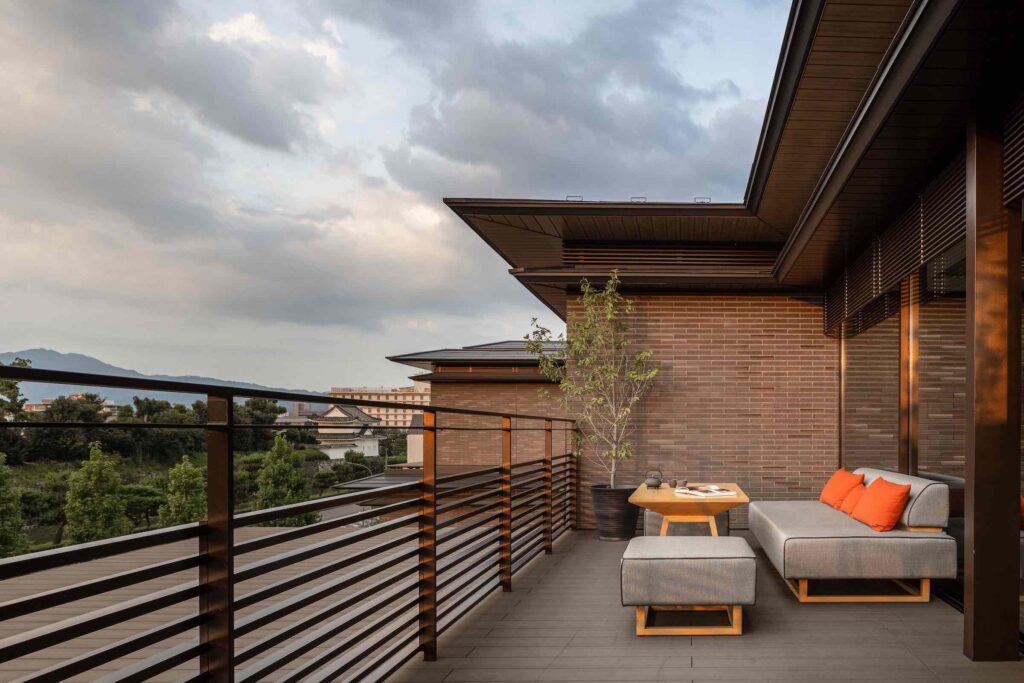

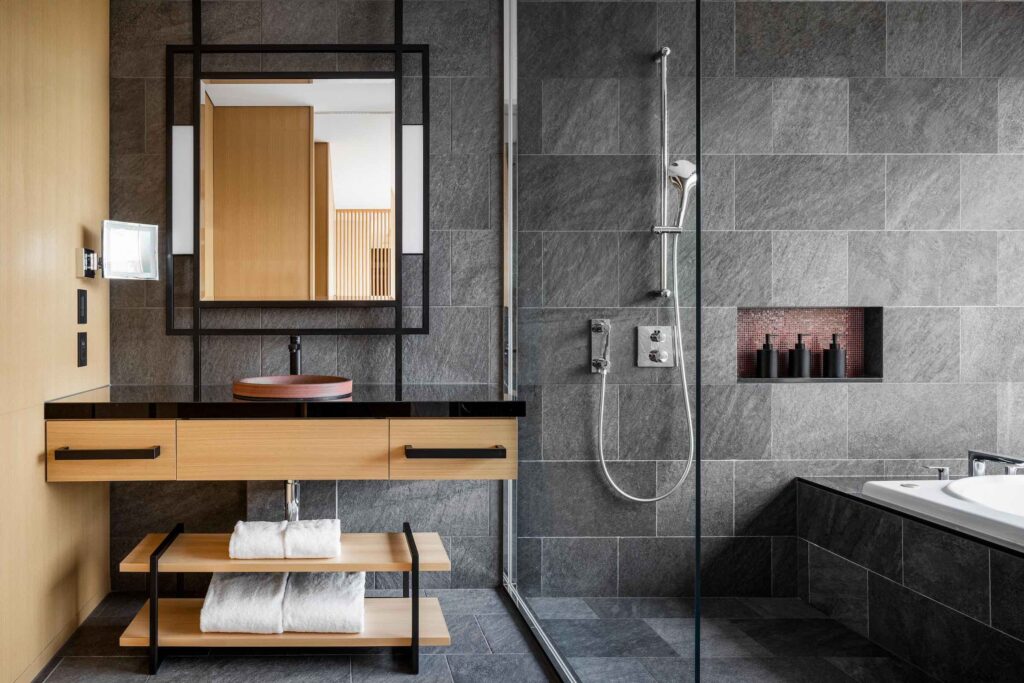
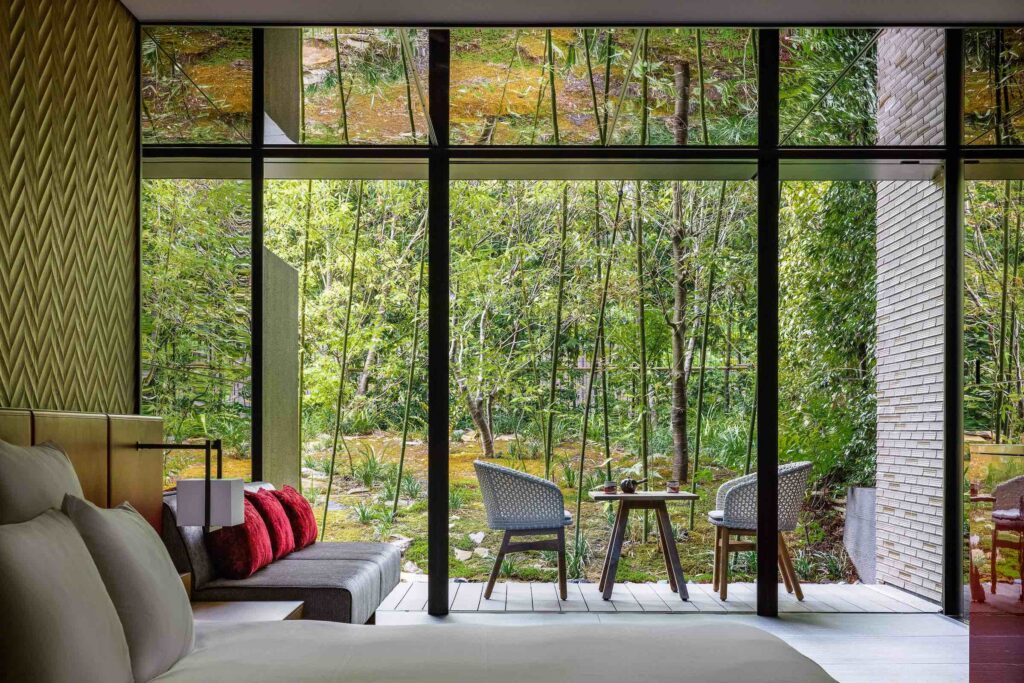
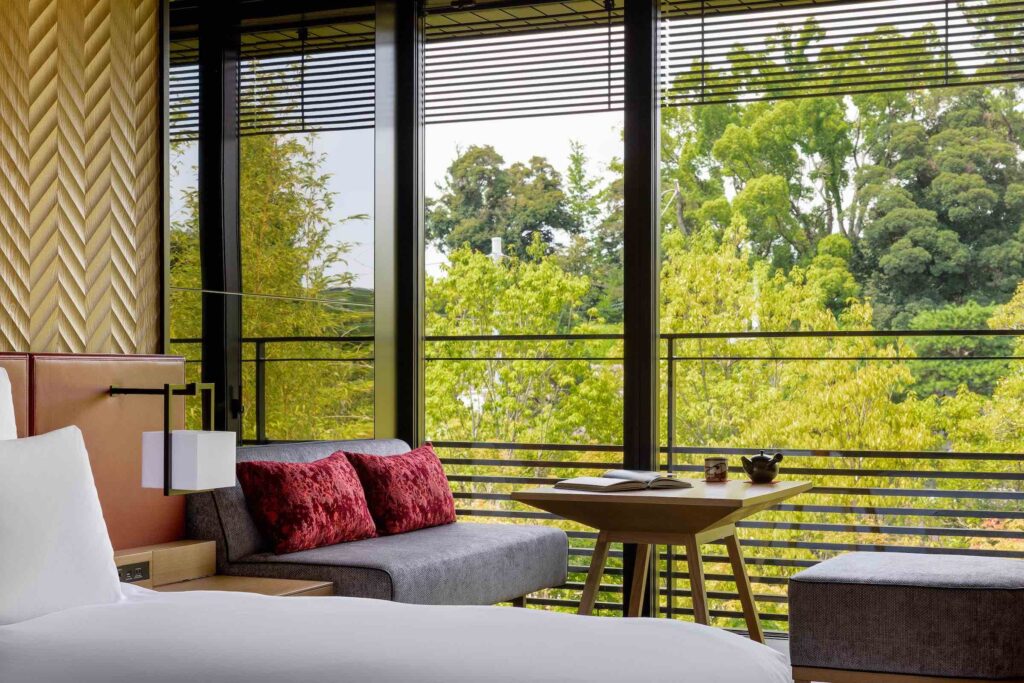
Another favourite is the ground-floor Bamboo Garden Room, overlooking a patch of tidy but natural grounds, artfully studded with rocks, bamboo reeds, and the occasional trees. Early risers will appreciate the chance to put their feet up on the patio in the wee hours of the day to take their morning tea; the quietness of it all turns the ritual into a meditative experience, punctuated by the odd chirp of birds as the sun blinks over the horizon, through the trees. Leave your phone and laptop in the room; bust out a book and reading glasses instead.
Or get the body moving—without going anywhere. I had a superb time swiping through the bedside iPad menu looking for items to order for the room. Did I really need a yoga mat, a yoga ball, stretch bands, and yoga blocks? No, but I sure wanted them—for research and science. A pile of weighty buckwheat pillows and all the fitness equipment I had my eye on come a-knocking at the door shortly after. Who needs the gym?
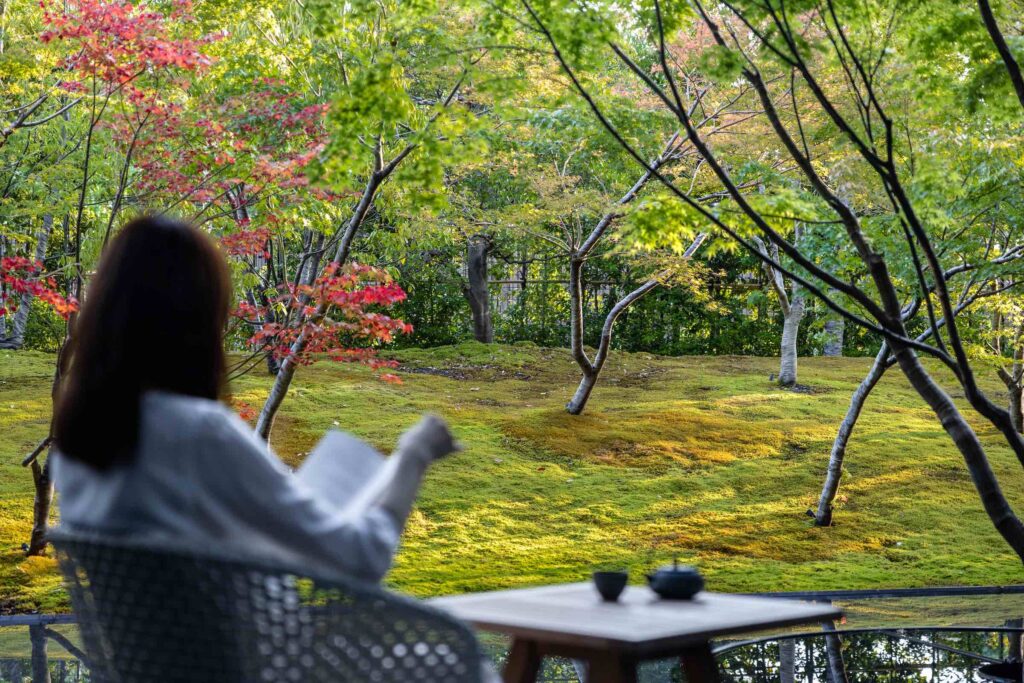


As much as active exercise is crucial to keep the joints well-oiled and the body in good function, recharge and restoration is part of the journey, too. No spa? No problem. Sister property Dhawa Yura lies across the Kamo river, just 15 minutes away—a 90-minute Deep Bodyworks massage or 30-minute Back Ease focus treatment infuses your bones with zen and utter relaxation. Garrya front desk staff will help shuttle you to Dhawa Yura’s 8lements Spa, where five treatment rooms stand ready. Start with a scent selection for the massage and let yourself be putty in expert hands. In-room spa services at Garrya are also available, if the desire to make the most of your intimate wellness retreat is strong.
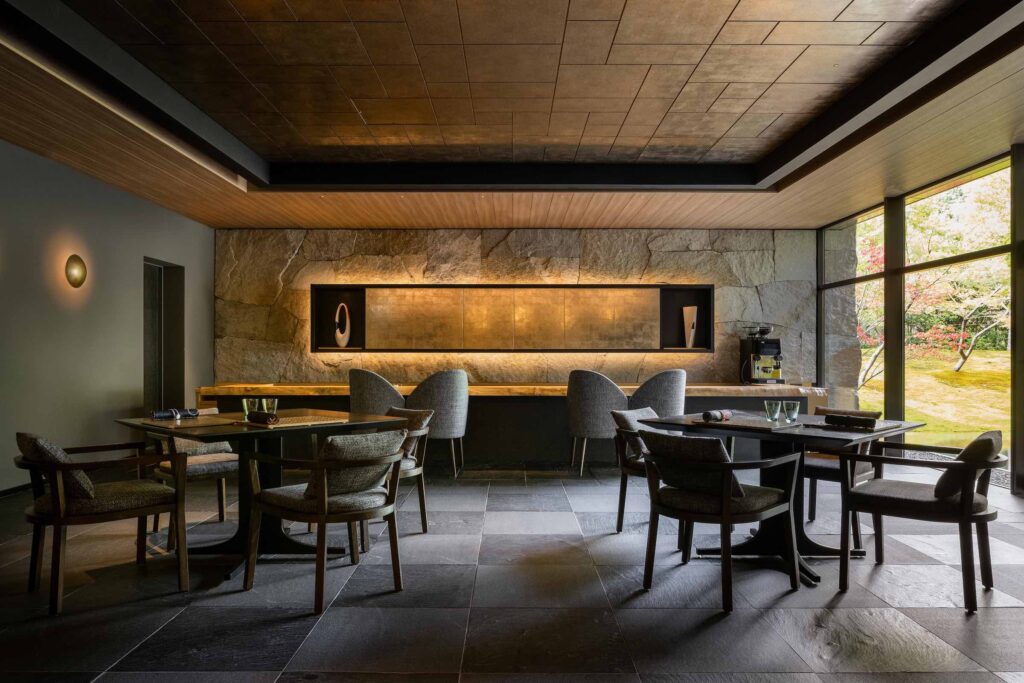
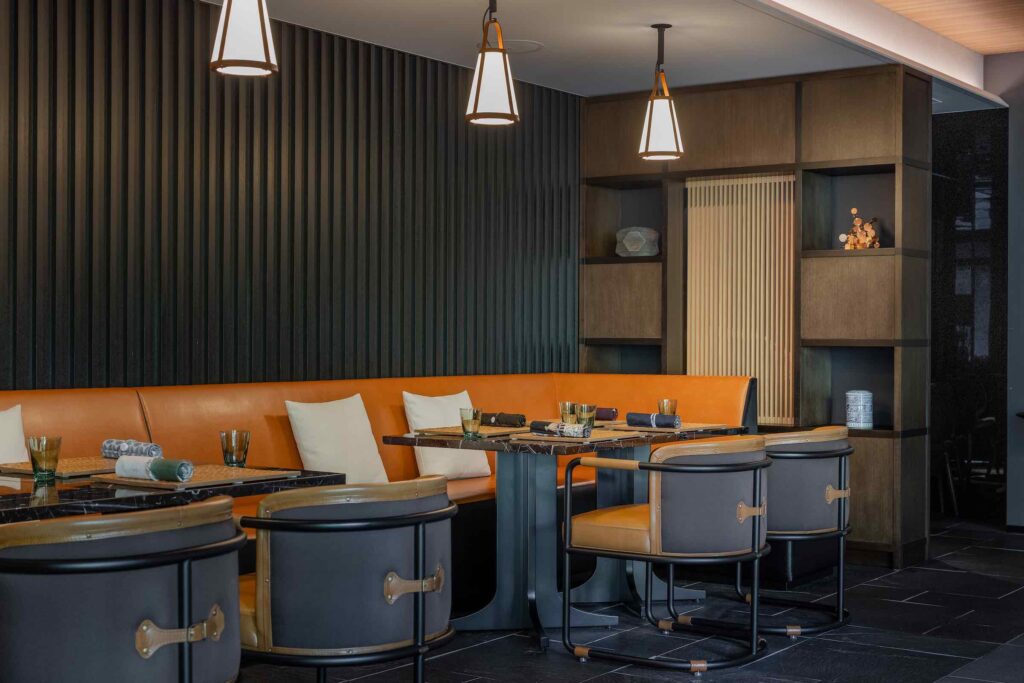
Singular is a total surprise, in the best way. Welcome to a languid, delicately balanced, and deeply creative dining experience serenaded by a Twin Peaks-y soundtrack in interiors that transform into completely different atmospheres from day to night. Garrya’s only having one restaurant on the premises makes itself felt if you take breakfast, lunch, and dinner in the hotel every day, but there’s truly very little to complain about, since the food is excellent, and the chefs—their skills honed at such establishments as two-Michelin-starred La Table de Joël Robuchon and Shimmonzen Yonemura, and InterContinental Osaka—strive to avoid repetition in the meals.
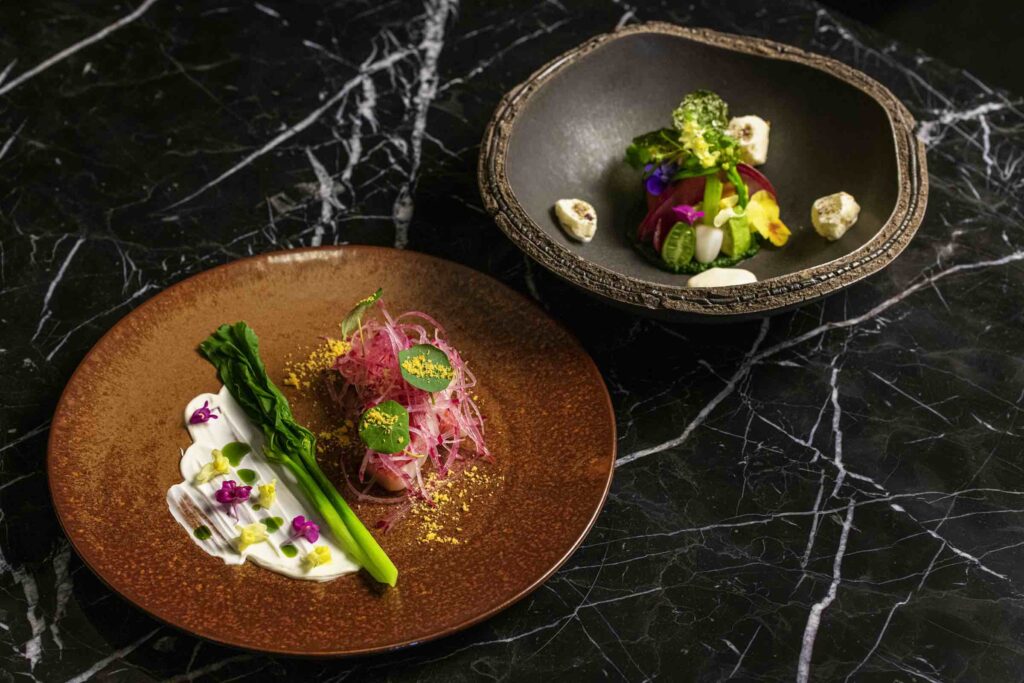
Local Japanese ingredients are elevated with ease on multi-course French-inspired menus, changed daily based on availability of produce. A local tofu shop supplies the white miso for the soup, sweet shrimp is served in a persimmon sauce. Marinated mackerel gets flavour-punched by blue cheese, over black rice and fried potatoes. Local chicken pate is paired with crisps made from local beer, with plum and chestnut. Shogoin turnip, that perfectly bulbous root vegetable, is puréed into smooth consistency; dried bottarga and local scallop finish the dish with umami notes. Soymilk sauce is drizzled over a melange of vegetables, crowned with edible daisies and a paste of shungiku chrysanthemum greens.

Come again the next night to a three-mushroom flan, kinmedai in a thick crab meat sauce with Shimonita negi and kinome leaf on a buckwheat galette, and roasted Hirai beef, served with a red wine sauce, lily bulb, sea urchin, and wasabi leaf. For finishers, an indulgent honey milk ice cream in a tangerine sauce, dusted in bee pollen. Everything is fresh, unexpected, and, best of all, healthy, but never in a bland, boring way. Retreat-seekers whose idea of a good time means good food and bespoke cocktails will find little to fault here.
As a seasoned traveller, it is refreshing to be reminded of important fundamentals whenever I am on the go. In this case, it is that well-being can come in many shapes, sizes, and forms—spiritual, mental, physical, the list goes on. It can also simply be a choice of nothing-doing (which, certainly, speaks to some more than others). No judgment here in laying down the non-stop itinerary designed to maximise your wellness gains, filled with yoga, zero-gravity floats, and acai bowls; the Garrya experience is to promote minimalism and contemplation, removed from the noisy clutter of daily life. Appreciating slowness, eating what you like, and watching the clouds drift across the sky, ensconced in your little bamboo garden, can be its own form of wellness, too.
All images courtesy of Garrya Nijo Castle Kyoto.





